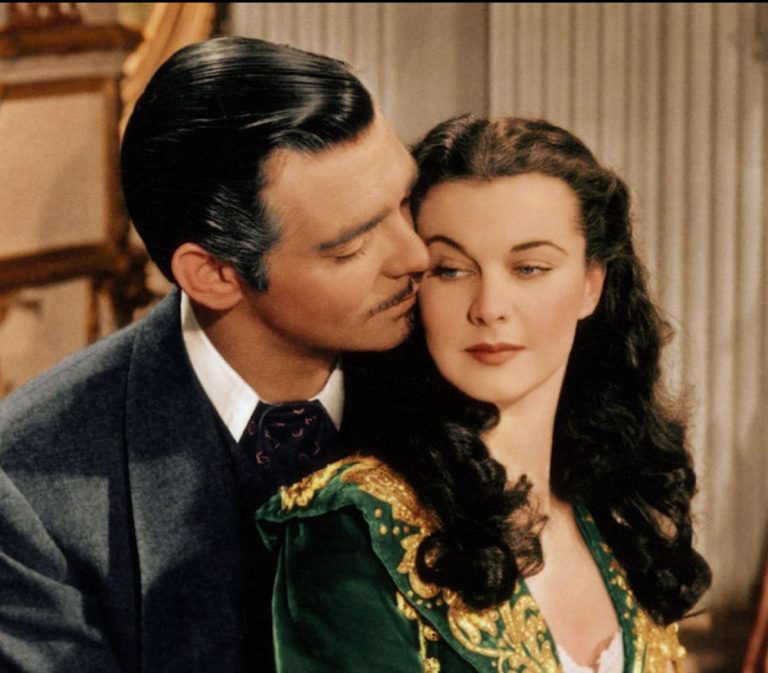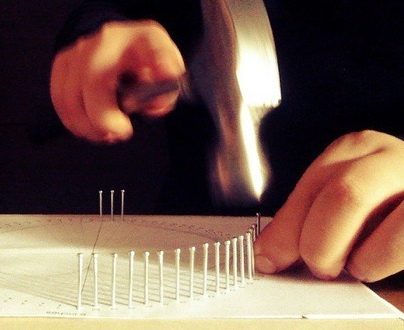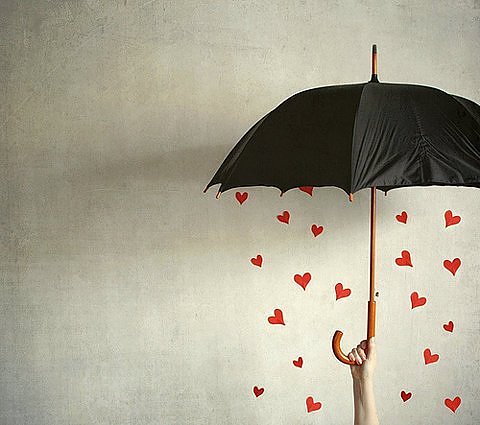Tips for Weaving Romance into Your Novel
Romance is a part of life, and so it should also play some part in our novels—if we intend for our characters to mirror real life. Even if you don’t write in the romance genre, don’t be too quick to dismiss adding the element of romance to your story.
However, just slapping a few romantic moments into a scene or developing a romantic interest to add flavor may not help your story. In fact, it could even sabotage it.
Depending on your genre and plot, your story structure is going to vary. As will the role romance plays in your novel. And this is important to understand.
Romance Threads Need to Serve a Clear Purpose
Most novels have one engine that drives the story. There is one primary focus or plot the protagonist is involved with. The hero is chasing a visible goal, which is reached or not at the climax of the book. That main goal is not centered on a romantic relationship developing.
Romance, then, is a component of such a story.
If you are writing in any genre other than romance, it’s important to understand the purpose romance can serve in a story.
In most strong story structures, a romance character is either by the hero’s side from the start, acting as an ally or mirror character (who may turn rival), or she’s the “reward” at the end for the hero coming into his true essence and reaching his goal (and, of course, you can reverse the genders here).
Beware of Misdirection
When romance threads don’t follow either of these structures, they usually don’t work well.
Inserting a random romance element partway through a novel to add conflict can cause confusion because it might send the wrong message—that your story is veering in a new direction.
For example, let’s say you are writing a story about a mission to Mars. The clear plot goal for the hero (and his cast of characters) is to find a way to establish a base and start growing for because earth is dying. This is the basic premise behind the movie Red Planet.
Your hero may have a clear attraction to the female captain, and while that’s palpable to readers, that attraction merely forms the basis for allied support in the story. As the characters meet with obstacles and disasters, and tension ramps toward the climax, there might be moments when the two characters get closer, maybe even seem to be falling in love, with a hint (or more than a hint) at the end that they may get together.
But if partway through the story, the focus shifts to their relationship and the perils and joys of their blooming love, the primary plot will suffer. This applies to romantic entanglements with your secondary characters as well.
Your Chosen Genre Is a Promise to Your Reader
You make a promise to your reader when you establish your story line and genre. If your back-cover copy describes your story as a sci-fi thriller about a mission to Mars, you aren’t targeting romance readers. Those readers aren’t expecting a romance focus. They will be annoyed to see their exciting thriller turn into a romance novel.
So a romance character in non-romance genres can play a strong part, along with other ally or antagonist characters. She might betray the hero and cause him grief. Or she might provide that strong faith in him that keeps him going when all seems lost.
So, just as with the others in your cast of characters, a romance character will either help or hinder the hero in his effort to reach the goal.
We See This in Stories All the Time
We’ve all seen plenty of movies that start off showing the hero going through a divorce or having “failed” in his love relationship. In Outbreak, we see virologist Sam Daniels estranged from his ex-wife Roberta. The crisis of the outbreak throws them together, and as they face the difficult challenges together, their relationship is healed by the end of the movie. He “saves the day and wins the girl.”
This story structure is very common—and that’s because it works. No doubt you can think of a number of movies that follow this basic structure. Another that comes to mind is National Treasure—Book of Secrets, in which Ben Gates’s divorced parents, still fuming and hostile toward each other over a trivial past incident, make up at the end.
This plot element featuring secondary characters adds humor and tension and problems to the story. But it doesn’t distract or veer the story onto the wrong track. All the bits involving the romance serve the purpose of impacting and affecting Ben’s attempt to reach his goal.
Note, of course, that there is a gradual progression through the entire story, as each incident makes the two characters work through their issues until they get to a place of harmony. This would be considered a subplot for your story.
If you’d like to see how this might lay out in very specific terms, I’ve created a helpful chart that you can download here. It shows how you can layer in just about any subplot over the ten key foundational scenes for a novel.
If you keep this in mind—that any element in a novel, including a romance one—must “orbit” around the premise and plot, helping or hindering the hero in his attempt to reach his goal, you won’t go wrong.
Adding in romance elements can greatly enhance a novel—if done correctly.
What romance component do you have in your novel—or are thinking of adding? Can you think of any novels or movies that use this typical structure of having the hero “win the girl” in the end as a reward for reaching his goal?











Thanks for a very interesting post. This is something that, as an SF writer I struggle with on occasion. My long term main character is a young, female special agent who regularly goes undercover. Now two things happen. She turns up as “the new girl working in the office” and all the men are hoping to get a date. At the same time she’s trying to control the situation so that she can get on with spying.
So she starts dating just one person, and keeps it low-key. As far as she’s concerned it’s just two people going out for dinner and dancing, nothing more. But that’s where it all goes wrong. When he finds out that she’s really an Arcturian Space Fleet officer under cover:
Arcturian. The very word had a resonance to it, redolent of the afternoon that his mother had first taken him to the spaceport. He’d spelled out the words ARCTURIAN INTERSTELLAR in glossy green capitals on the dull silver of a parked liner and asked what they meant—but he’d found more questions than answers. Arcturian—that word stood in his mind for all that was mysterious and powerful. It was Camelot and Xanadu and Numenor all rolled into one.
Now it was Jane as well, the girl he’d shared supper with, the same Jane that had taught him to dance Farmer’s Daughter. She was an Arcturian, she was a part of the great mystery.
And that knowledge only added to her attraction. He wondered if, for the first time in his life, he might be falling in love.
Of course Jane is in control, and hasn’t yet realised what Alan is feeling:
Her fingers came down on the blue ORTHO ENGAGE button.
Jane felt a momentary quiver run through her body and, in front of them, the stars melted away to be replaced by a network of sweeping gold filaments through which the ship was accelerating. She fixed the panel with her eyes until she was completely sure the drive was behaving correctly, then turned back to Alan. ‘This is orthospace, this is what faster than light looks like, and this is what you must never tell anyone about.’
‘It’s beautiful.’ He paused, eyes widening. ‘What are we looking at? If we’re going faster than light how can we see anything at all?’
Jane shook her head. ‘We are behind the walls of the universe now, looking at space from the back, that’s the only way I can describe it.’
Slowly, while she’d been talking, Jane’s hand had slid across the throttle pedestal, and was now holding Alan’s.
So it was that they flew on, hand in hand, through the mystic, golden beauty that is orthospace, while Jane tried with all her might to convince herself that she was doing nothing wrong. She couldn’t possibly hurt him, could she? Not unless he did something really silly like falling in love with her. And he was hardly likely to do that.
Hah, so I read this through once and nodded in agreement but didn’t really see it helping my writing immediately. Then it hit me: the love as reward could be what makes my currently unlikable protagonist into someone readers could root for. She’s currently having an affair since her despised husband’s been overseas for five years. If I change her so that she’s in love with this other man but resisting an affair out of loyalty, she’s not quite as reprehensible. Then once her husband leaves her, she has the hope of being with the man she loves as a reward for getting through all the nasty stuff.
I have been struggling with this book for two years…thank you so much for clearing up my fog!
So glad this sparked some good plot elements!
In my fantase series, The Wolves of Vimar, my 2main characters fall in love, but he, due to his past, thinks he’s not good enough for her and that she could never love someone like him, so he pulls away. She, thinking he isn’t interested, hides her feelings.
This is not resolved until the end of the series, but they need to work together in order to fulfill their goal.